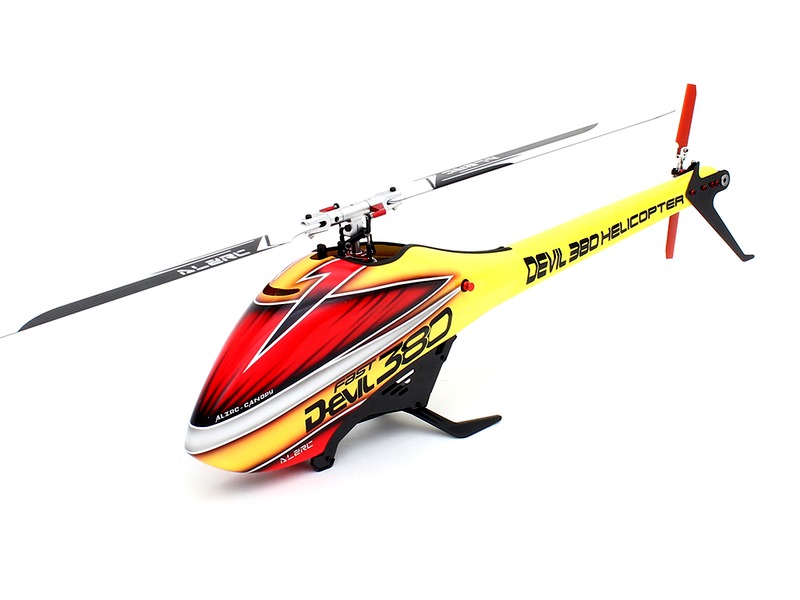How do helicopter pilots see at night?

Helicopter pilots have a number of tools at their disposal to help them see at night. The most important tool is the use of night vision goggles (NVGs). NVGs are special goggles that allow pilots to see in the dark by amplifying available light. NVGs use an image intensifier tube to amplify the available light, allowing the pilot to see objects that would otherwise be invisible in the dark. NVGs also provide a greater depth of field, allowing the pilot to see objects in the distance more clearly.
In addition to NVGs, helicopter pilots also use a variety of lighting systems to help them see at night. These systems include landing lights, searchlights, and floodlights. Landing lights are typically used to illuminate the landing area and provide the pilot with a better view of the terrain. Searchlights are used to scan the area for potential obstacles or targets. Floodlights are used to illuminate a larger area and provide the pilot with a better view of the terrain.
Helicopter pilots also use a variety of navigation systems to help them navigate at night. These systems include GPS, inertial navigation systems, and radar. GPS is used to provide the pilot with an accurate position and heading. Inertial navigation systems use accelerometers and gyroscopes to measure the aircraft’s position and heading. Radar is used to detect obstacles and other aircraft in the vicinity.
Finally, helicopter pilots use a variety of communication systems to stay in contact with air traffic control and other aircraft. These systems include VHF radios, UHF radios, and satellite phones. VHF radios are used to communicate with air traffic control and other aircraft in the vicinity. UHF radios are used to communicate with aircraft that are further away. Satellite phones are used to communicate with aircraft that are out of range of VHF and UHF radios.
In summary, helicopter pilots have a variety of tools at their disposal to help them see at night. These tools include night vision goggles, lighting systems, navigation systems, and communication systems. By using these tools, helicopter pilots are able to safely and effectively navigate and operate their aircraft at night.
Comments / Question
1. Night vision technology allows helicopter pilots to navigate safely and accurately in dark and low-light conditions.
2. It provides them with greater visibility of their surroundings, allowing them to spot obstacles and other aircraft more easily.
3. It enables them to fly more efficiently and accurately, allowing them to complete their tasks quicker and more safely.
Limitations:
1. Night vision technology is expensive, so not all helicopters are equipped with it.
2. It can be difficult to use in conditions with high levels of dust, smoke, or fog.
3. It is not always effective in severe weather conditions, such as heavy rain or snow.
4. Its range is limited, so pilots need to be within a certain distance of their target in order to make use of it.
2. Utilize a pre-flight checklist to ensure that all necessary equipment is functioning properly.
3. Monitor the weather conditions and plan the flight route accordingly.
4. Maintain a safe altitude and airspeed.
5. Utilize terrain-following radar to avoid obstacles.
6. Remain aware of other aircraft in the area and maintain a safe distance.
7. Utilize a GPS navigation system to ensure accuracy.
8. Remain aware of any potential hazards such as power lines, towers, or other obstacles.
9. Maintain communication with air traffic control and other aircraft in the area.
10. Utilize a flight plan to ensure that the flight is conducted in a safe and efficient manner.

